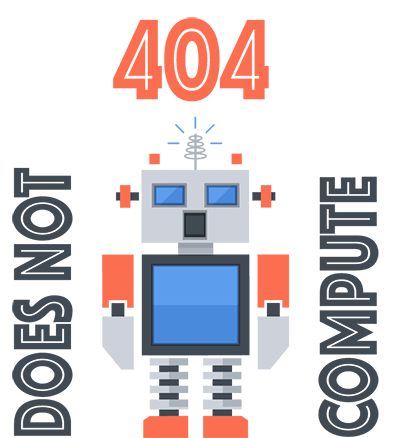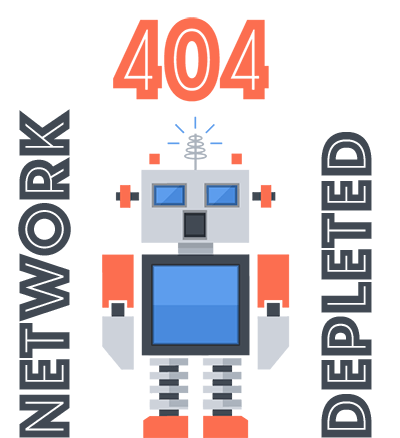What Most EdTech Entrepreneurs Get Wrong
For edTech entrepreneurs, getting things right requires a very intentional focus on micro-market matching, empathetic journey mapping, and the strategic curation of an alliance network.
1. Market Matching
 Every new startup (edTech or otherwise) is looking to create the next InstaSnapBook—the one-size-fits-all miracle app that captures the attention of a generation. Unfortunately, this romantic, and truthfully unrealistic, ideal also comes with an unintended, and perhaps unavoidable, consequence. A fatal Silicon Valley-fueled vision towards superstardom leads inevitably to the devaluation of local market context. edTech companies often spend millions on extensive market research, but fail to realize that every school/university is a unique hyper-local market in and of itself.
Every new startup (edTech or otherwise) is looking to create the next InstaSnapBook—the one-size-fits-all miracle app that captures the attention of a generation. Unfortunately, this romantic, and truthfully unrealistic, ideal also comes with an unintended, and perhaps unavoidable, consequence. A fatal Silicon Valley-fueled vision towards superstardom leads inevitably to the devaluation of local market context. edTech companies often spend millions on extensive market research, but fail to realize that every school/university is a unique hyper-local market in and of itself.
Persistent lore and traditions, curiously nuanced cultures, deeply rooted identities. Just as these things exist for a particular city or region, they exist, and are often more deeply rooted, at our schools and on our college campuses. At minimum, the traditional budget allocation for market research should be proportional to the resources invested in understanding the institutional culture and targeted “micro-market”. This may translate to the very expensive reality of having to deploy completely unique products to any number of schools, but that’s just the reality of the landscape. Assuming that a product or platform will be valued, or even remotely perceived, equally at Princeton, Purdue and Portland State is an easy way to commit startup suicide before your horse ever leaves the gate.
2. Journey Mapping
 Similar to the importance of matching products to specific institutional markets, comes a strategy with even greater granularity often referred to as journey mapping. This idea may be familiar to many, but in discussing edTech startup strategy over the past 5 years, I’m consistently surprised by the number of self-proclaimed entrepreneurs who cast a bewildered stare when this idea gets introduced. Oh, focus groups? Yeah, we’ve done that. UI/UX and persona work? Of course, we’re way ahead of you! Sorry Jerry, but deeply empathetic journey mapping is about much more than hiring a UX designer who can conduct a good focus group. Mapping a user’s journey is a deeply empathetic process wherein you gain a fundamental understanding of an entire user experience. What do they do at home prior to even thinking about class? What motivates them to grab that cup of coffee at noon? A detailed map of personal motivations illuminates the unseeable and is absolutely critical if you’re to discover the detail that might distinguish you from the other 1200 apps just like yours (sorry, you’re just not as special as you think, so it’s time to deploy some empathy and focus on the details).
Similar to the importance of matching products to specific institutional markets, comes a strategy with even greater granularity often referred to as journey mapping. This idea may be familiar to many, but in discussing edTech startup strategy over the past 5 years, I’m consistently surprised by the number of self-proclaimed entrepreneurs who cast a bewildered stare when this idea gets introduced. Oh, focus groups? Yeah, we’ve done that. UI/UX and persona work? Of course, we’re way ahead of you! Sorry Jerry, but deeply empathetic journey mapping is about much more than hiring a UX designer who can conduct a good focus group. Mapping a user’s journey is a deeply empathetic process wherein you gain a fundamental understanding of an entire user experience. What do they do at home prior to even thinking about class? What motivates them to grab that cup of coffee at noon? A detailed map of personal motivations illuminates the unseeable and is absolutely critical if you’re to discover the detail that might distinguish you from the other 1200 apps just like yours (sorry, you’re just not as special as you think, so it’s time to deploy some empathy and focus on the details).
Not only do local institutional markets develop unique dynamics that often get overlooked, the people that inhabit them develop unique and distinctive patterns themselves. Having done extensive market research at the institutional level doesn’t necessarily mean you understand how to effectively market a product. It’s time to join your audience on a personal journey of motivations and reasoning, and begin the process of truly discovering what makes their experience unique.
3. Insider Trading
Lastly, if you’re an edTech startup looking to seriously change the institution of education—first off, I applaud you—but it’s time to take a serious look at how you can gain an honest understanding from the inside out. Though it's shifting, the antiquated traditional model of education (higher ed in particular) will still be around 50 years from now, so the insiders, the informants, the resident experts; those who simultaneously see the inevitability of the future, while holding a deep experiential understanding of the existing system, become extremely valuable—perhaps even indispensable. As with any complex system (and few rival higher education in complexity), institutional knowledge and local cultural awareness become prized commodities. Nobody is particularly proud of this reality because it often breeds complacency, but anyone who has worked within a large system knows of its undeniable truth.
 As an entrepreneur looking to affect this complex system, wouldn’t you want partners within the system you plan to target who are able to act as strategic institutional miners? You need internal informants working below the surface to provide you with the political leverage, strategic networks and golden nuggets of reality that you’d simply never discover as an outsider. And while this sounds like an endorsement for a corrupt and covert collaboration, most universities provide more than enough latitude if you see the value and you’re willing to invest the effort. Find the right leaders, provide them with a personally motivating value proposition (a research opportunity, passion project, or good old fashion stock options), and you might be surprised by the ROI that can come from a building the right relationship. In a nutshell, if you're an entrepreneur looking to upend any aspect of higher education, I would highly recommend you surround yourself with the strategic leaders who are deeply embedded in the very system you plan to disrupt.
As an entrepreneur looking to affect this complex system, wouldn’t you want partners within the system you plan to target who are able to act as strategic institutional miners? You need internal informants working below the surface to provide you with the political leverage, strategic networks and golden nuggets of reality that you’d simply never discover as an outsider. And while this sounds like an endorsement for a corrupt and covert collaboration, most universities provide more than enough latitude if you see the value and you’re willing to invest the effort. Find the right leaders, provide them with a personally motivating value proposition (a research opportunity, passion project, or good old fashion stock options), and you might be surprised by the ROI that can come from a building the right relationship. In a nutshell, if you're an entrepreneur looking to upend any aspect of higher education, I would highly recommend you surround yourself with the strategic leaders who are deeply embedded in the very system you plan to disrupt.
Working within education for over 15 years, and having dipped into a few edTech startup ventures along the way, I can confidently say that I’ve made significant errors in both worlds. Though most edTech companies do have a decent understanding of the current system of education, they get mired in the realities of funding rounds, development cycles, and product launches. It requires a very intentional focus on micro-market matching, empathetic journey mapping, and the strategic curation of an alliance network, if you’re to be seen within an edTech market that only shows signs of becoming more and more saturated with each passing moment.









